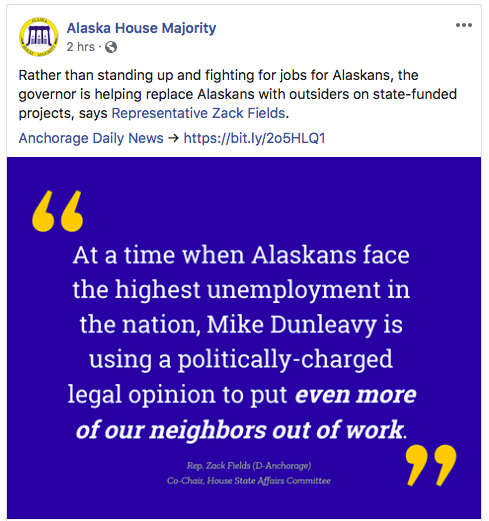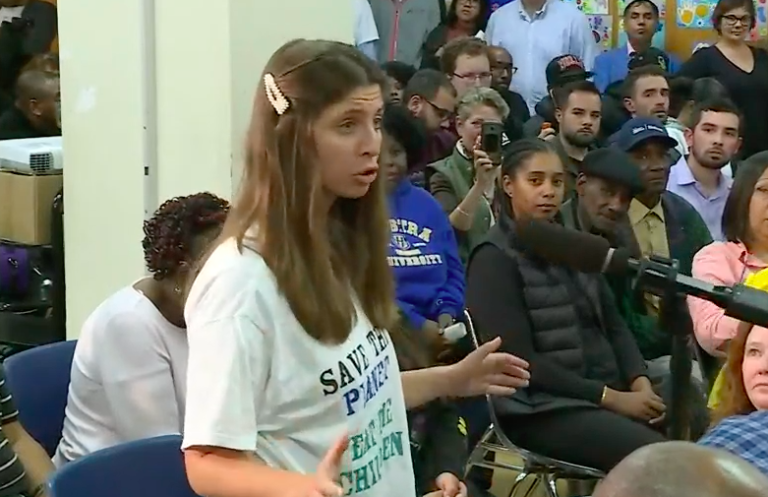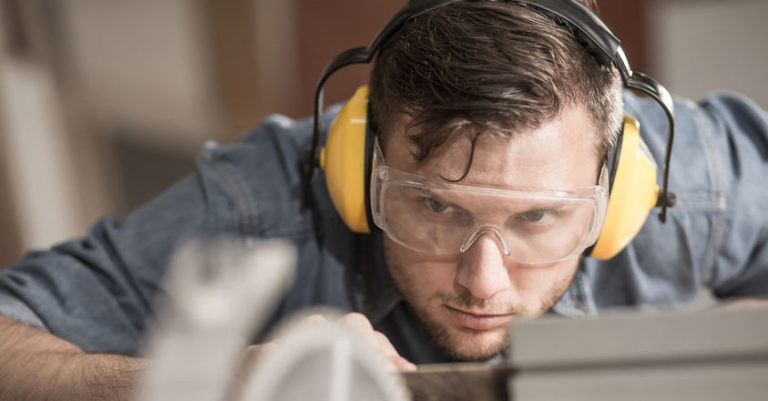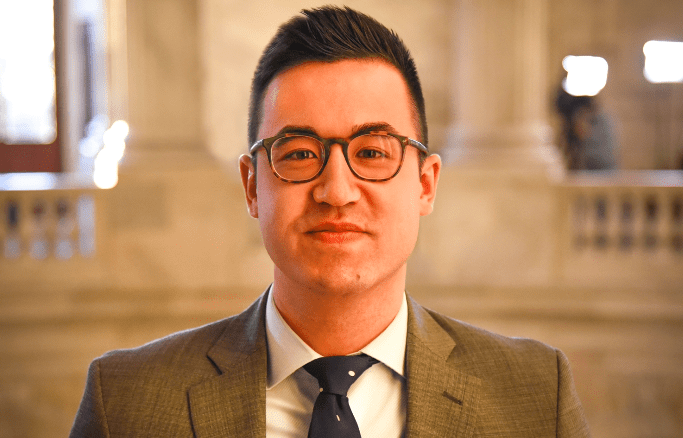Another emergency meeting of the University of Alaska Board of Regents has been called for Monday after the UA Anchorage Faculty Senate voted “no confidence” in UA System President Jim Johnsen.
It’s the seventh emergency meeting by the Board of Regents this year.
The issue raised by the UAA Faculty Senate complaint revolves, on its face, around accreditation and leadership. But there’s so much more: The subtext is the festering, long-standing rivalry between the Anchorage and Fairbanks campus over funding and campus prestige erupting in the public eye during a time when budget cuts are forcing a major university system downsizing.
UAA faculty have long felt that President Johnsen favors the Fairbanks campus. This was the second vote of no confidence the UAA Faculty Senate has taken since 2017; it passed by a 33-3 vote on Friday.
Between the first vote of no confidence in January of 2017, and the second vote of no confidence last week, the Anchorage campus’ School of Education lost its accreditation from the Council for the Accreditation of Education Preparation.
It was a major blow to the UAA campus to have one of its core degree programs close down, something that the Regents voted on this year subsequent to the loss of accreditation. The complete closure of that degree program is scheduled for July of 2020.
The UAA Faculty Senate responded to the crisis in the Education department by passing a resolution in April asking the Regents to reject President Johnsen’s proposed closure of the program and to support the continuation of it while it sought to gain back accreditation.
[Read: UAA Education program axed by Regents]
During the same timeframe that the Education program was disintegrating, the State of Alaska was up against the wall with deficit spending, and cuts were made to the entire university system that has forced the Regents into trying to manage a major restructuring.
As a result, the university system will be subject to $70 million in cuts over three years, according to the plan agreed upon by the Gov. Michael Dunleavy, President Johnsen, and Board of Regents Chairman John Davies.
[Read: Cuts to university system agreed on]
But faculty at UAA are rebelling against downsizing their campus or bringing all universities under one centralized governance structure to reduce administrative costs, and have taken their grievances to the NWCCU, the accrediting organization for the universities.
Many of them seem to fear that the Fairbanks campus will fare better than the Anchorage campus during a restructuring.
[Read: Accreditor puts university on notice over governance issues]
In addition to asking for the suspension of the University president, the UAA Faculty Senate wants also discussed whether UA Board of Regents Chairman John Davies should be removed from the role of chair. Ultimately that was set aside.
The group passed a resolution that charged that President Johnsen:
- Repeatedly misled the Board of Regents in assuring the Board that the accreditation standards including NWCCU Standard 2.A.2, and Standard 2.A.1 were being met during the process to consider single accreditation and other administrative and structural consolidation.
- Repeatedly ignored the accreditation concerns raised by faculty and other shared governance groups, in violation of NWCCU Standard for Accreditation 2.A.2, and Standard 2.A.1.
- Repeatedly and willfully ignored the need for inclusive dialogue and decision making input from the chancellors, shared governance, and community stakeholders in violation of NWCCU Standard for Accreditation 2.A.2, and Standard 2.A.1.
- Inappropriately used funds for advertising that misleads the public by promoting a University of Alaska that does not exist as a separately accredited university.
- Repeatedly and willfully attempted to control communication of the chancellors in violation of Board of Regents policy P 02.01.040. and in violation of NWCCU Standard for Accreditation 2.A.2, and Standard 2.A.1.
- Johnsen and the Board of Regents continue to sanction the ongoing administrative consolidation and the expedited academic review process driven by the president in violation of NWCCU Standard for Accreditation 2.A.2, and Standard 2.A.1, and;
The UA Faculty Senate also wrote that the Board of Regents are “violating their fiduciary responsibilities and their duty of care by not taking formal steps to address the violations of NWCCU Standards and by not taking formal steps to address the failure in the leadership of President Johnsen that led to those violations.
The faculty group wrote that it has “deep concerns about the Board of Regents continued trust in the leadership” of Johnsen, and recommends the Regents suspend the president “and statewide authority in taking action to consolidate any university functions or conduct academic review until a shared governance response to the NWCCU report is completed that identifies a viable path forward in reaching compliance” with NWCCU standards.
The faculty group included a demand that a review of Johnsen’s performance should be done to determine if he should be terminated, “and/or Chair John Davies be removed as chair of the Board of Regents.”
Johnsen has been seeking to consolidate campus functions, reduce duplication and discontinue some offerings, but has run into political headwinds from inside the university system, which has been buttressed by a warning from the NWCCU accrediting organization that more input needs to be incorporated from stakeholders such as student and faculty.
For Johnsen and the Regents, the clock is ticking on this year’s budget, which is now one-quarter of the way through the fiscal year. Because Johnsen and the Regents decided to fight cuts during the winter rather than start making the needed changes, they are now behind the curve.
An emergency meeting of the Board of Regents has been called for Monday, Oct. 7, at 8:30 at the Butrovich Building, Room 109, on the University of Alaska Fairbanks campus.
A likely outcome is that the Regents address the UAA rebellion by returning the entire system to a state of exigency, so they can proceed with the restructuring.









